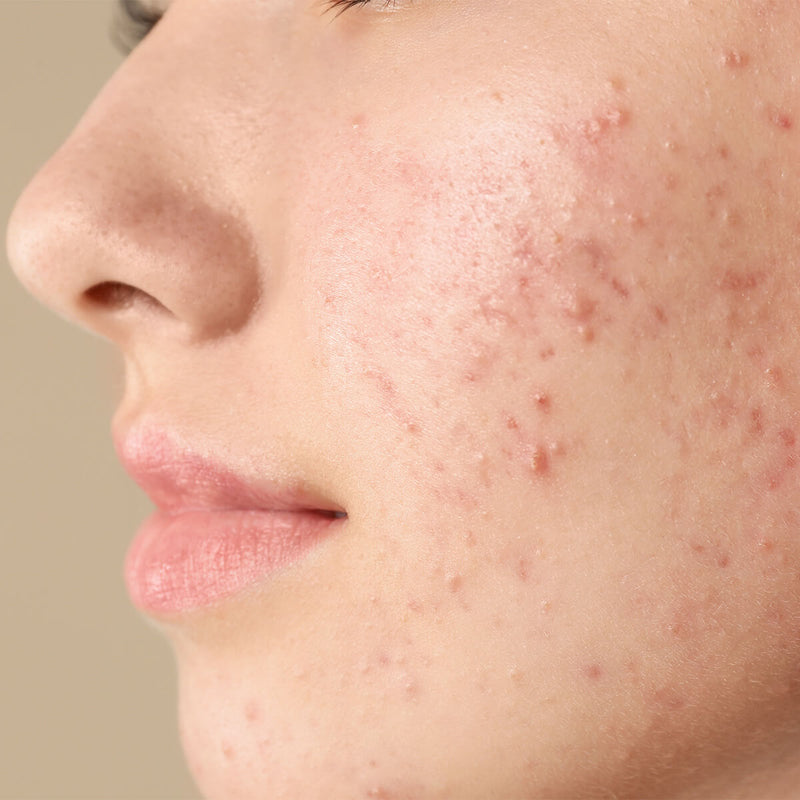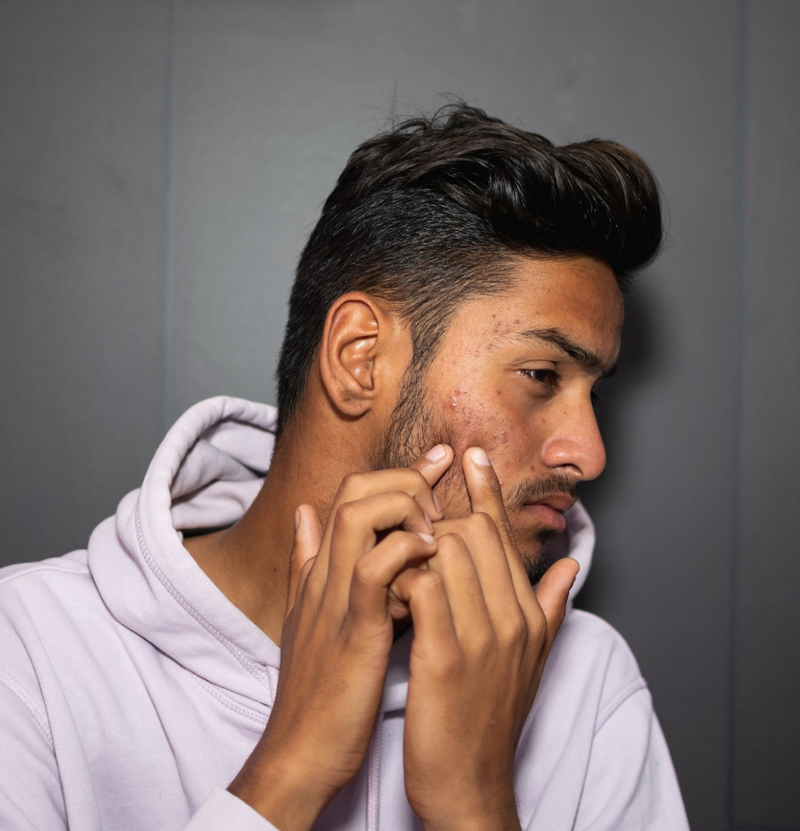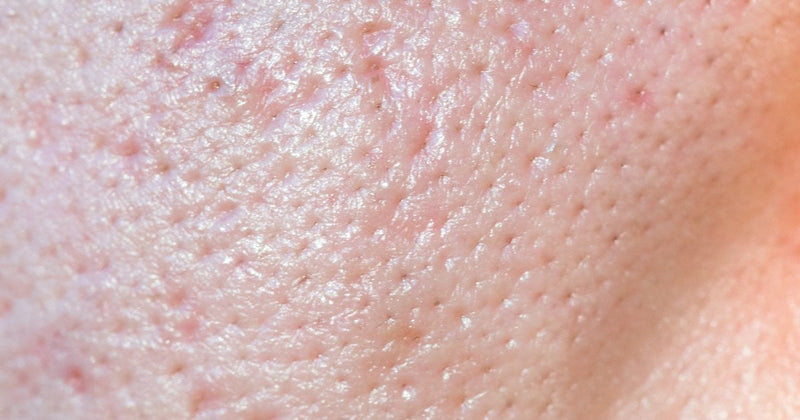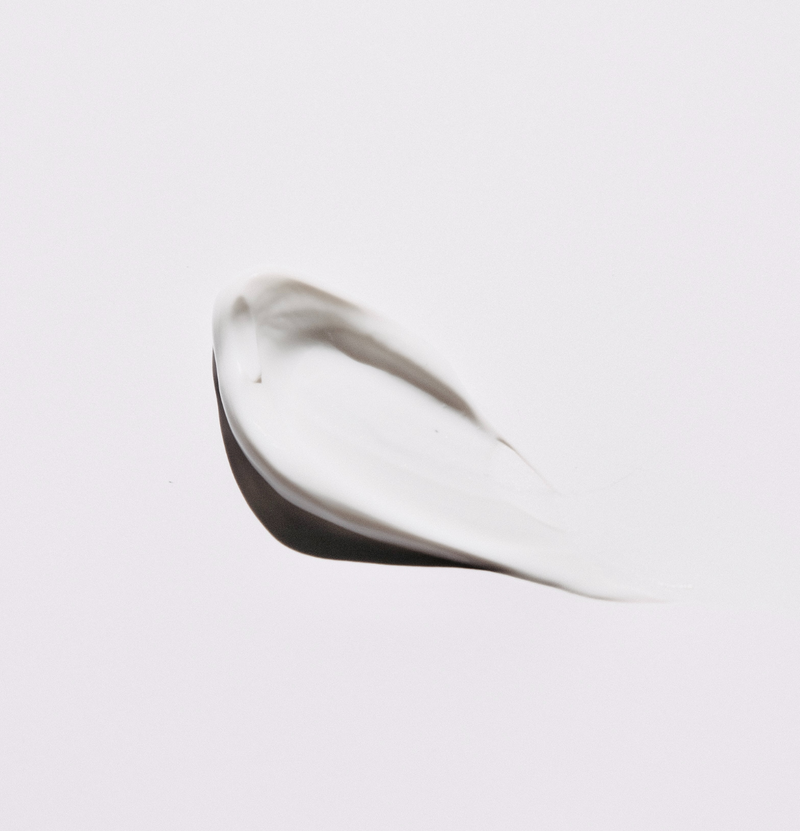Overall Ranking

What is alpha-arbutin?
Alpha-arbutin is derived from plants such as bearberry, cranberry, and blueberry. It has natural skin lightening properties and is composed of hydroquinone + D-glucose.
How does alpha-arbutin work?
Alpha-Arbutin works by inhibiting the production of melanin, which is responsible for dark spots and uneven skin tone. When applied to the skin, alpha-arbutin releases a small amount of hydroquinone. The mechanism by which it inhibits pigment production is thought to be unrelated to the release of hydroquinone.
What are the benefits of using alpha-arbutin in skincare products?
- Improves skin tone
- Treats hyperpigmentation / dark spots
What are the risks of alpha-arbutin?
- Allergy / irritation (low risk)
- Paradoxical hyperpigmentation (one study showed arbutin could actually make pigmentation worse)
- Exogenous ochronosis (permanent discoloration from the release of hydroquinone)
Is it safe to use alpha-arbutin long term?
Alpha-arbutin releases a small amount of hydroquinone when applied to the skin. Depending on the formulation and stability, there are conflicting studies on how much hydroquinone is released. Alpha-arbutin is generally considered safe when used in concentrations less than 2%. However, many patients start using an arbutin product after cycling off of hydroquinone. Given that alpha-arbutin is known to release hydroquinone, we do not recommend arbutin in patients who have used hydroquinone recently.
What percentage of alpha-arbutin should I look for?
Less than 2% in face creams.
How does alpha-arbutin compare to other hyperpigmentation ingredients?
Learn more about other ingredients to treat dark spots here.
How do I use alpha-arbutin in my skincare routine?
| Cleanse |
|
| Treat |
|
| Protect |
|








